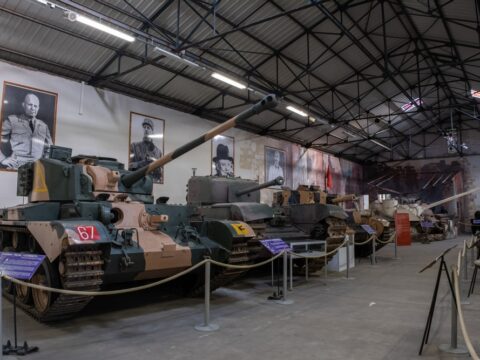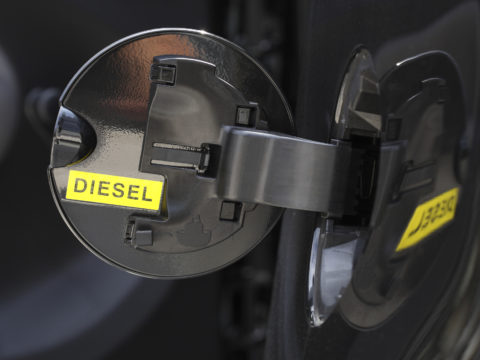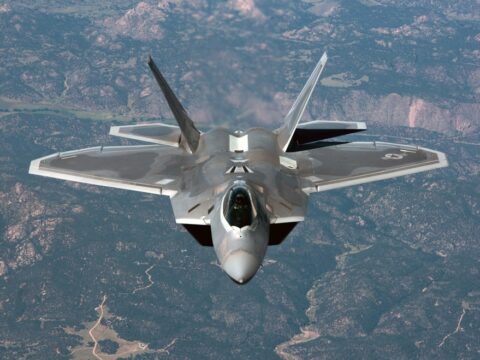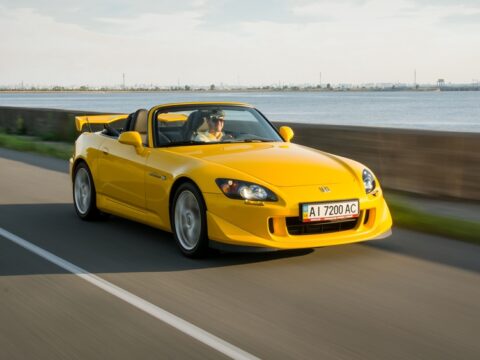The 2000s brought us many memorable SUVs, but not all managed to win over drivers. Despite their unique features and potential, some models just never took off. Here are 18 SUVs from that decade that, for various reasons, failed to make a lasting impression.
Contents
Pontiac Aztek (2000)
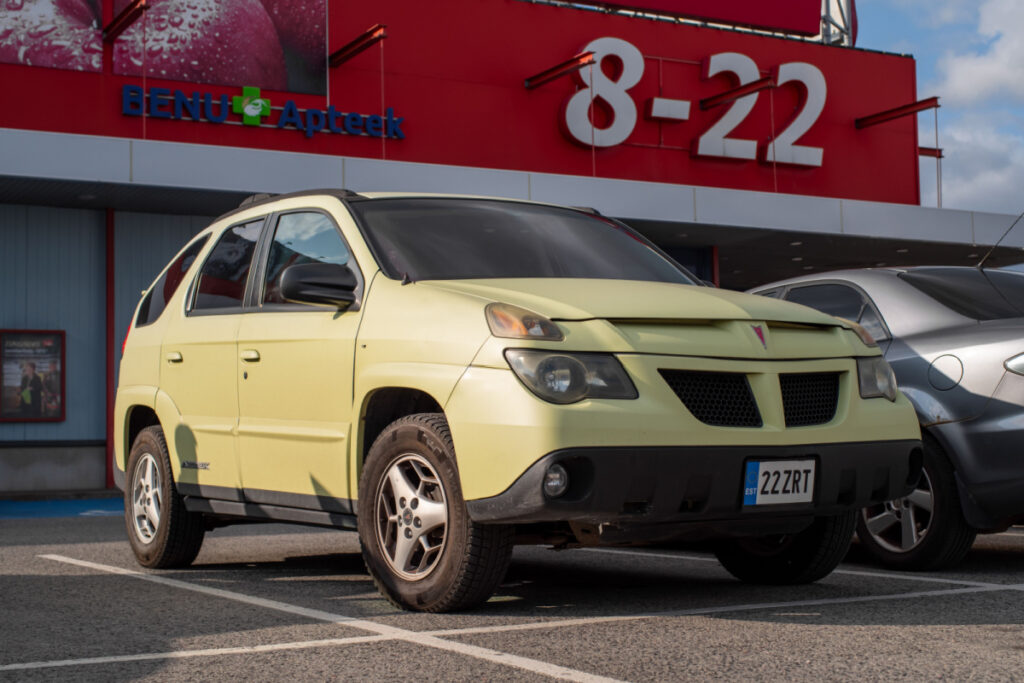
The Pontiac Aztek is often remembered for its unconventional and polarizing design, which alienated many potential buyers. Despite its versatile features like a removable cooler and tent, the aesthetic failed to resonate with the masses. Poor initial sales rapidly led to a decline in market presence. Ultimately, it became more famous for frequent appearances on “worst car” lists than for its practicality.
Isuzu Axiom (2001)
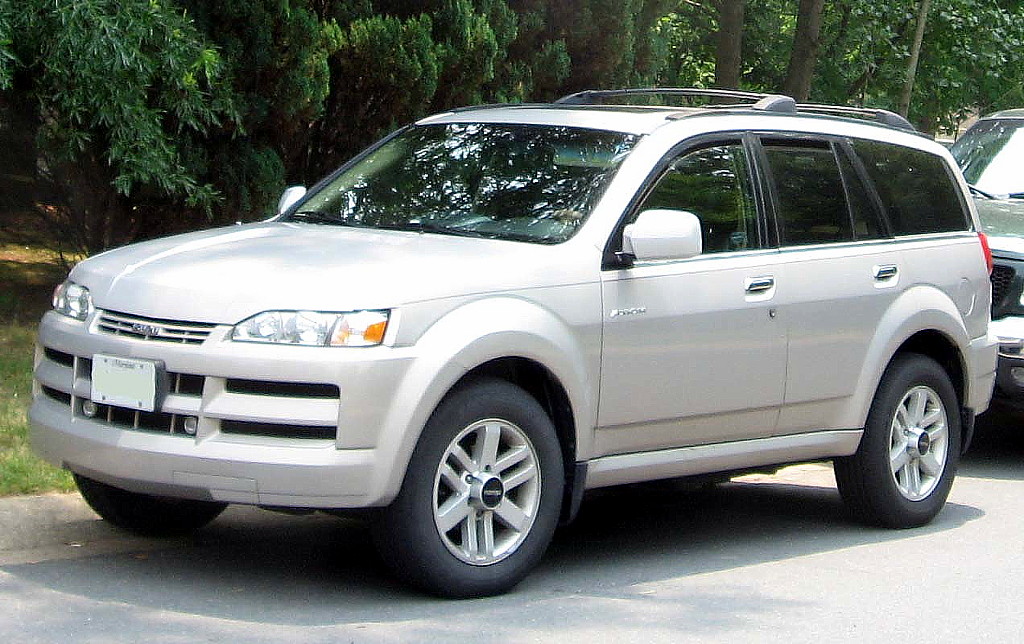
Struggling with a lack of brand recognition, the Isuzu Axiom also faced criticism for its dated interior design. Although it featured a decent V6 engine and reasonable off-road capabilities, it couldn’t compete with more refined competitors. Reliability issues further deterred buyers.
Saturn Vue (2001)
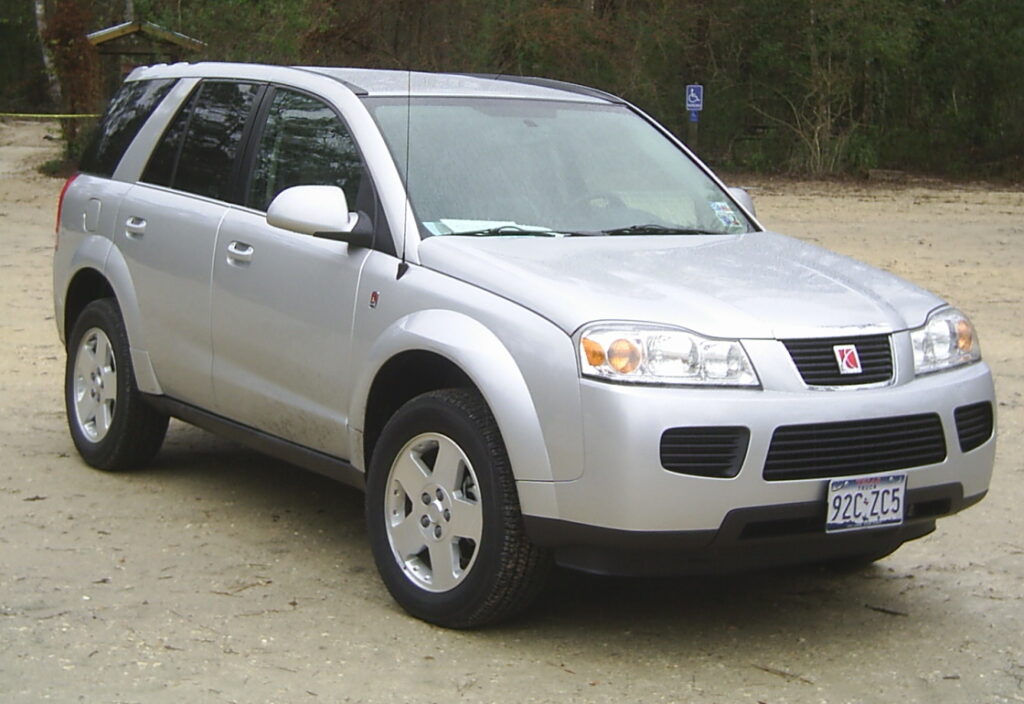
The Saturn Vue’s unique polymer body panels and available hybrid model failed to gain a strong foothold. Reliability issues plagued initial models, tarnishing its reputation early on. Interior quality and driving dynamics were subpar compared to rivals.
Kia Borrego (2008)
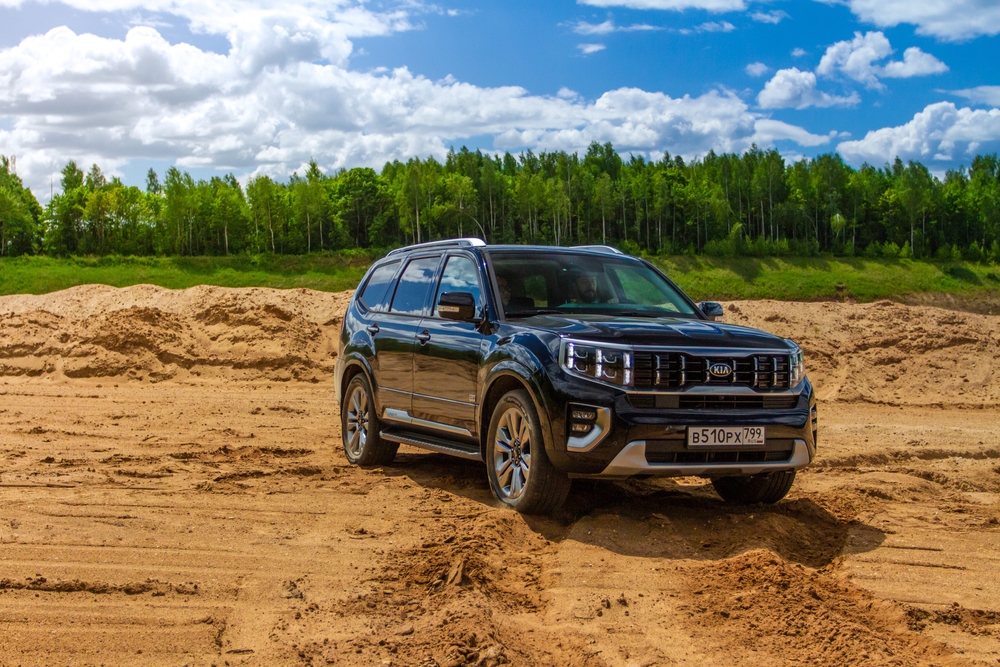
Entering the market during the 2008 financial crisis, the Kia Borrego struggled to gain traction. Despite offering V8 power and a well-equipped interior, its poor timing and high fuel consumption worked against it. Consumers shifted towards more fuel-efficient vehicles, leaving the Borrego overlooked.
Mazda Tribute (2000)

Despite being a joint venture with Ford, the Mazda Tribute never matched the popularity of its sibling, the Ford Escape. It lacked brand recognition and a strong marketing push. The Tribute’s uninspired design and average performance didn’t help either. Mazda’s shift to more engaging and stylish models led to the Tribute’s obscurity.
Hyundai Veracruz (2006)
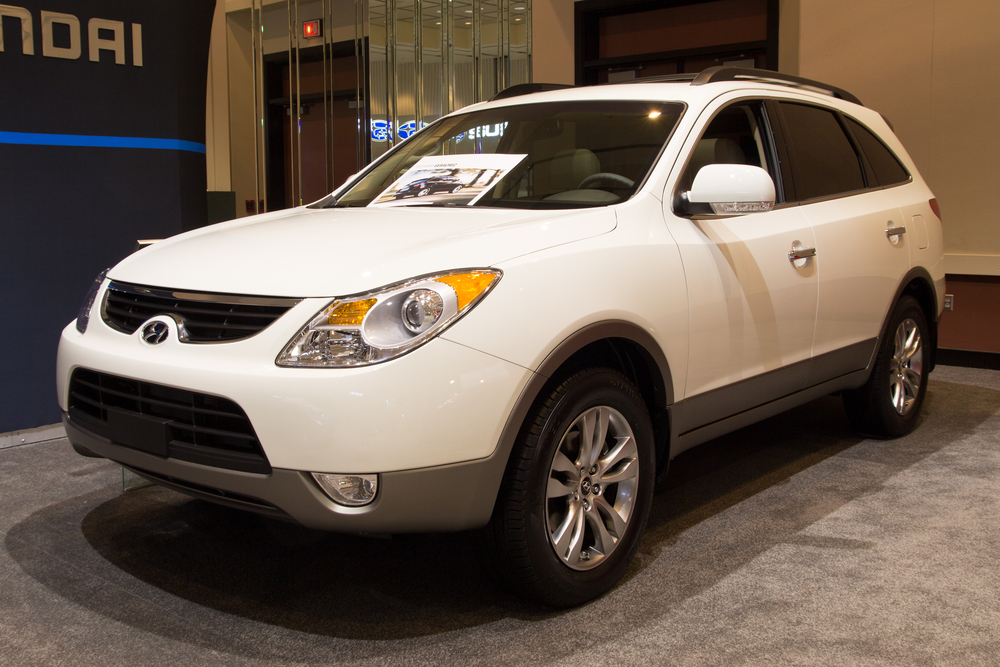
Entering a highly competitive segment, the Hyundai Veracruz struggled without a strong brand presence in the luxury SUV market. While it offered a spacious interior and good value for money, it lacked the premium appeal of its rivals. Hyundai’s focus on other successful models like the Santa Fe overshadowed the Veracruz.
Subaru B9 Tribeca (2005)
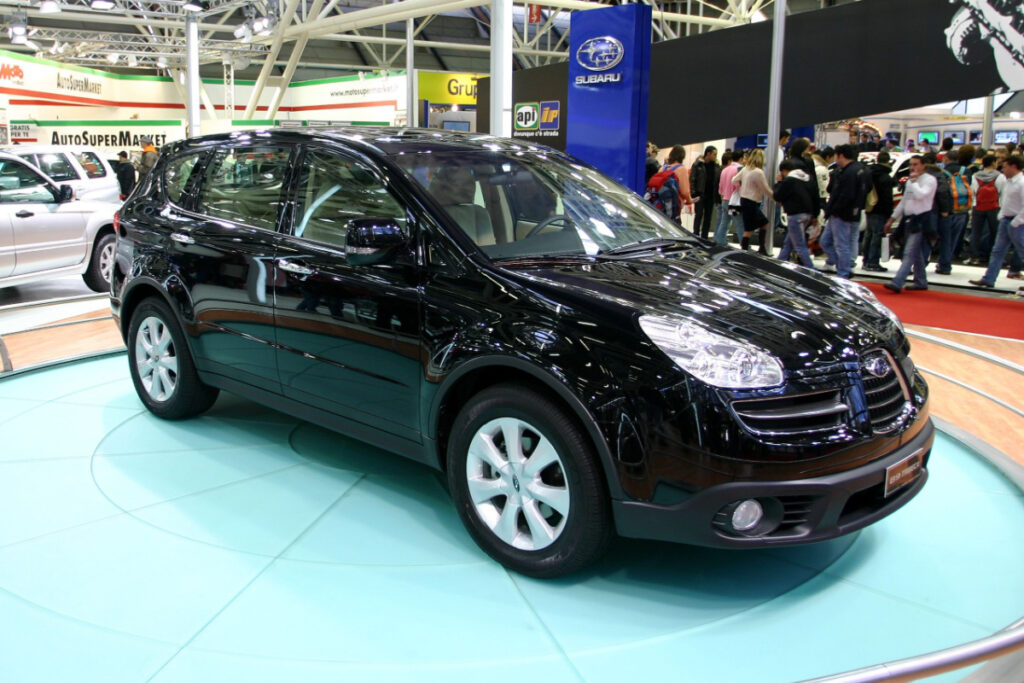
Unconventional front-end styling turned off many potential buyers of the Subaru B9 Tribeca. Despite Subaru’s loyal customer base, the Tribeca couldn’t attract new customers due to its awkward design and cramped third row. It also suffered from less-than-stellar fuel economy and performance. Subaru eventually redesigned it, but the initial damage was hard to overcome.
Mitsubishi Endeavor (2003)
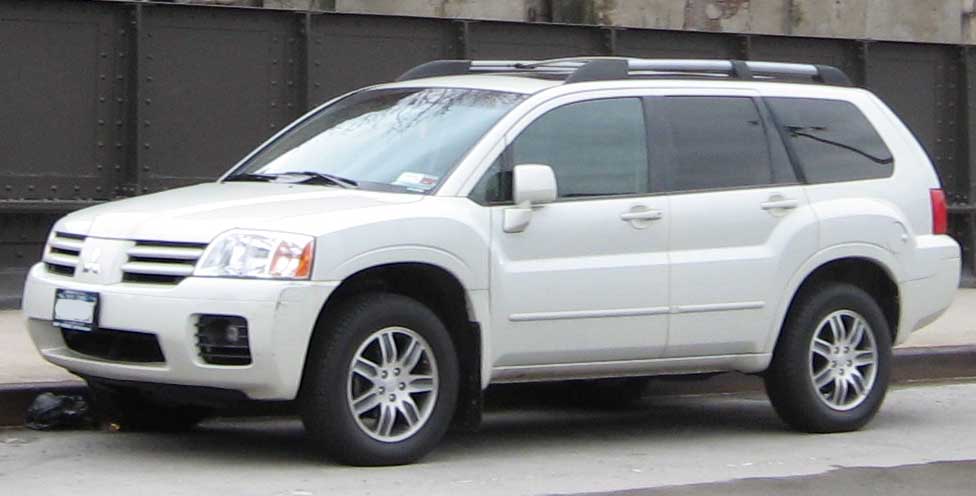
Bland styling and lackluster performance kept the Mitsubishi Endeavor from capturing market interest. While it had a roomy interior and decent handling, it couldn’t stand out in the crowded midsize SUV segment. Mitsubishi’s limited marketing efforts and declining brand presence in the U.S. further hindered its success.
Ford Excursion (1999)
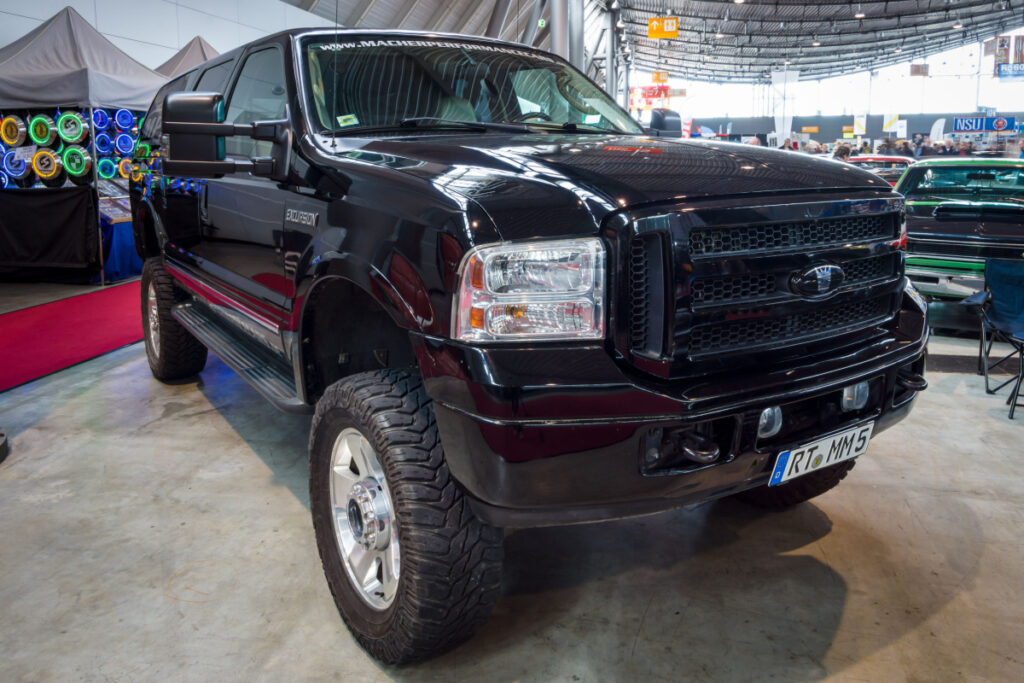
Aimed at those needing serious towing and hauling capacity, the Ford Excursion’s enormous size and poor fuel economy limited its appeal. Rising fuel prices and changing consumer preferences towards smaller, more efficient vehicles further dampened its prospects. The Excursion quickly became a niche vehicle.
Buick Rendezvous (2001)

Attempting to combine the features of a minivan and an SUV, the Buick Rendezvous failed to appeal to either market segment. Bland design and initial quality issues turned off potential buyers. While it offered a comfortable ride and spacious interior, it couldn’t compete with more stylish and reliable competitors.
GMC Envoy XUV (2003)
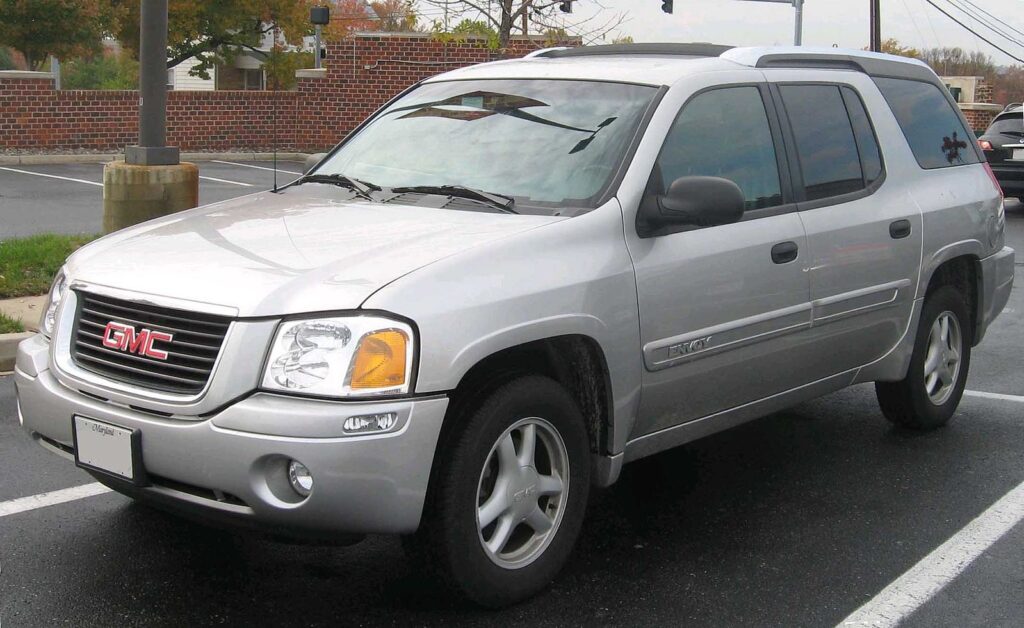
Featuring a unique sliding rear roof, the GMC Envoy XUV couldn’t compensate for its high price and lack of practicality. Its complexity led to reliability issues, and the design didn’t resonate with most SUV buyers. The limited market appeal further hindered its success.
Lincoln Aviator (2002)

The first-generation Lincoln Aviator aimed to offer a luxurious alternative to the Ford Explorer but failed to distinguish itself. Higher prices and lack of significant differentiation from the Explorer turned off many buyers. Stiff competition from more established luxury brands made things worse.
Chevrolet TrailBlazer EXT (2002)
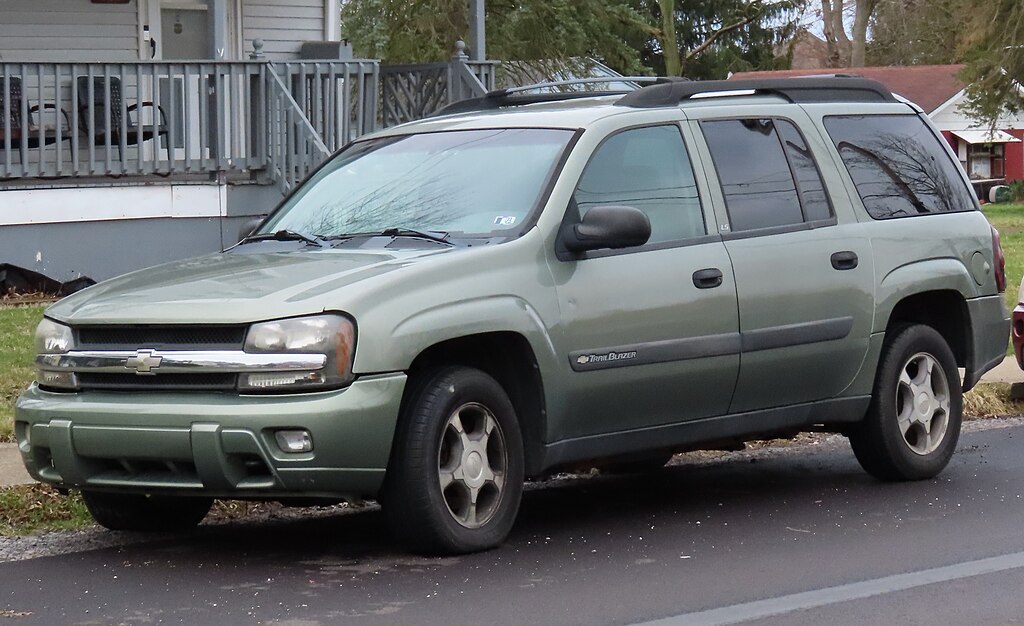
Offering extended seating capacity, the Chevrolet TrailBlazer EXT failed to capture significant market share. Larger size compromised handling and fuel economy without providing a markedly better experience. Its design and features were quickly overshadowed by more modern SUVs.
This article originally appeared on MyCarMakesNoise.
More from MyCarMakesNoise
15 Must-Have Items for Flat Tire Emergencies

Getting a flat tire is never convenient, but having the right tools and supplies in your vehicle can turn a potentially stressful situation into a minor delay. From safety gear to practical tools, this guide will walk you through the essential items you should have on hand. Read More.
20 Quirky Classic Roadsters That Define Cool
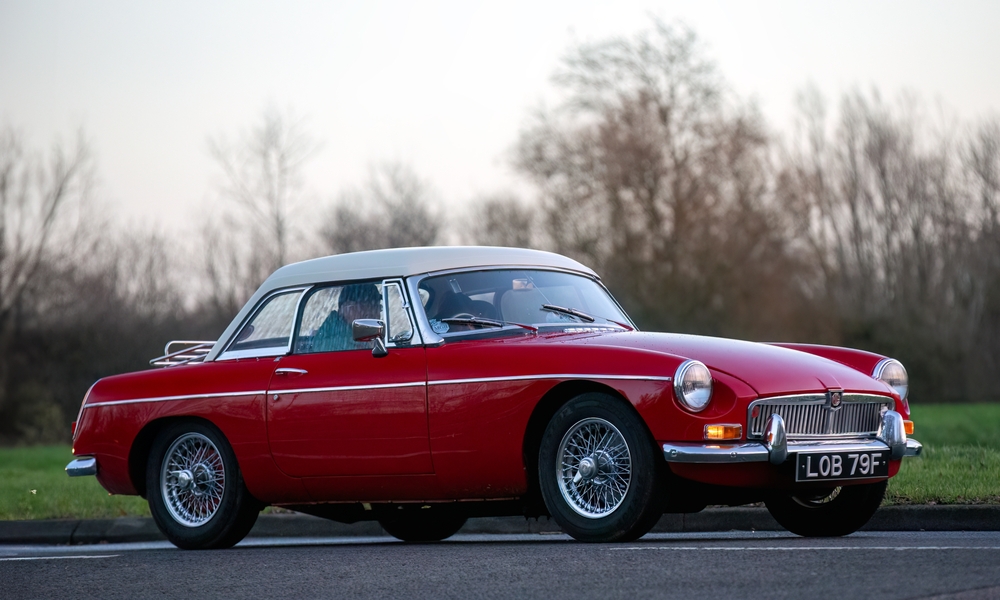
Classic roadsters are celebrated for their open-top design and driving excitement, but some stand out for their unique and funky characteristics. These roadsters combine vintage charm with distinctive styling that sets them apart. Read More.
20 Wallet-Friendly Off-Roaders Built for Tough Terrain
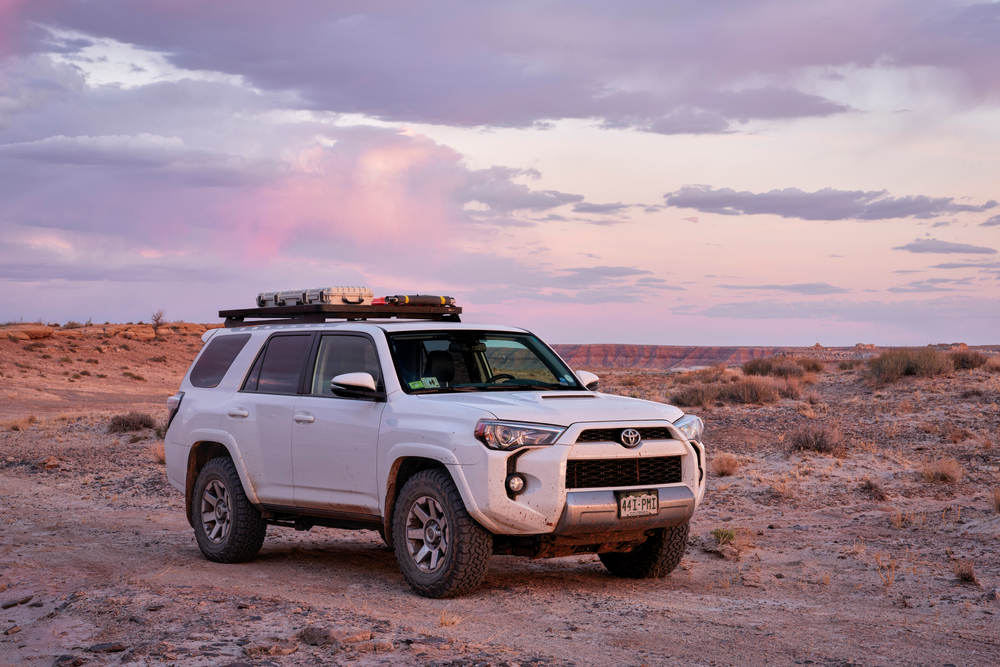
You don’t have to break the bank to get a capable off-roader. Many affordable vehicles offer excellent off-road performance and can tackle challenging terrains with ease. Read More.

